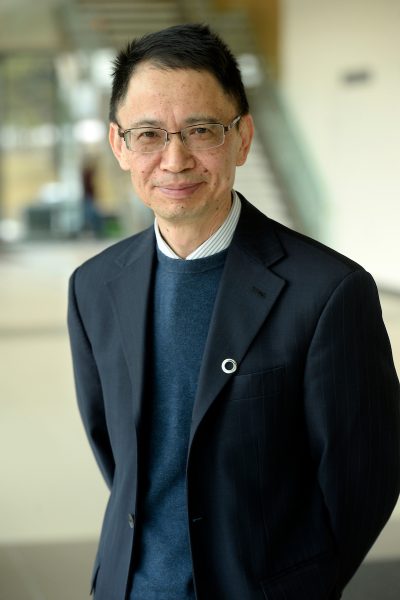
Faith Desmoulin is a student in the Indigenous Studies undergraduate program. She is also the Student Success Mentor Lead (Indigenous Student Success & Transition Assistant) at the Centre for Aboriginal Student Services at York University. Faith is an Aniishnabekwe from the Wiikwemkoong Unceded Territory on Manitoulin Island. She wrote the following article about the significance of National Indigenous History Month and National Indigenous Peoples Day for YFile.
In the month of June, many celebrations will be taking place and livestreaming across Canada. This provides an opportunity for people throughout Canada to recognize the strengths of present-day Indigenous peoples and communities. There will be a livestreaming of Pow Wows, performances, and much more. This month is significant and it is important to understand why should we celebrate.
What is National Indigenous History Month?
June is a time to celebrate and learn by listening and acknowledging the land that you are on. Many Canadians are not aware of the fact that there are many Indigenous nations across Canada, each having a unique language, customs, art and dance. June provides the opportunity for all Canadians, Indigenous and non-Indigenous, to reflect upon and learn the history, sacrifices, cultures, and contributions of Indigenous people. According to the 2016 Census, the Indigenous population of Canada was 1,673,780 or 4.9 per cent of the population. Of this, 977,230 were First Nations, 587,545 were Métis, and 65,025 were Inuit. The urban Indigenous population of Toronto is 46,315 or 0.8 per cent of the population.
The history of First Nations, Métis and Inuit played an important role in the establishment of Canada and many non-Indigenous Canadians may not be aware of this history. As first peoples of Canada, they are part of the history and continue to play an important role in its development and future. Take this opportunity to learn more about the history of Indigenous peoples in Canada.
What is National Indigenous Peoples Day?
In 1996, the Governor General of Canada, Roméo LeBlanc, proclaimed that the federal government would recognize National Aboriginal Day on June 21st. In 2017, Prime Minister Justin Trudeau officially changed the name to “National Indigenous Peoples Day”.
For many generations, Indigenous peoples and communities have celebrated their culture and heritage on this day due to the significance of the summer solstice as the longest day of the year. Indigenous peoples welcome all Canadians to join in the celebrations.
Here is a list of National Indigenous Peoples Day livestreaming events and links to learn more:
Livestreaming events:
The month of June will see various workshops, teachings, art performances, and much more in appreciating and celebrating National Indigenous History Month, from the comforts of your own home! https://summersolsticefestivals.ca/.
June 22, Indigenous Peoples Day live tune in from home: https://indigenousdaylive.ca/.
Watch Pow Wows live: https://www.powwows.com/main/watch-pow-wows-live-powwows-com/.
Local events and livestreaming:
The Association for Native Development in the Performing and Visual Arts (ANDPVA): https://andpva.ca/.
To learn more, follow these links:
- CBC: 35 books to read for National Indigenous History Month – This link offers a list of materials to read on about National Indigenous History Month: https://www.cbc.ca/books/35-books-to-read-for-national-indigenous-history-month-1.5585489
- Four Directions Teachings – This link provides the teachings about the medicine wheel http://www.fourdirectionsteachings.com/.
- Seven Generations Education Institute – This link offers information on the Seven Grandfather teachings in the Aniishnabemowin language http://www.7generations.org/?page_id=2396.
- Inuit Tapiriit Kanatami – To learn more about the Inuit Indigenous Peoples, teachings and regions, visit https://www.itk.ca/about-canadian-inuit/.
- Metis Nation of Ontario: To learn more about the Metis Indigenous Peoples and who they are http://www.metisnation.org/culture-heritage/who-are-the-métis/.





















 To be successful in the first two phases, the current time for diagnosis needs to be maintained and almost 60 per cent of exposed contacts would have to be traced, quarantined and isolated. Although, if some level of social distancing is maintained, that could counter any decrease in quarantining.
To be successful in the first two phases, the current time for diagnosis needs to be maintained and almost 60 per cent of exposed contacts would have to be traced, quarantined and isolated. Although, if some level of social distancing is maintained, that could counter any decrease in quarantining.





